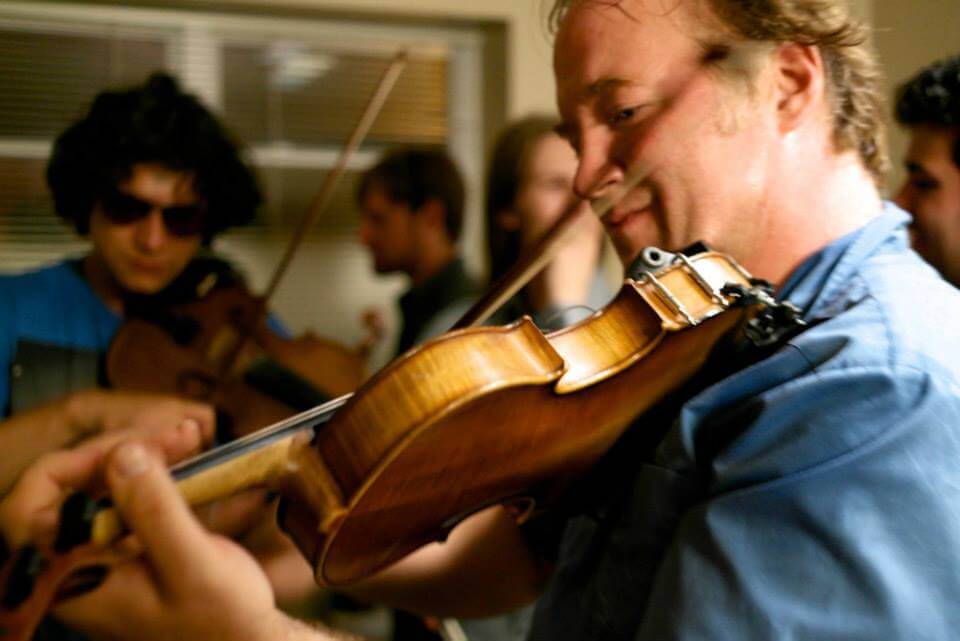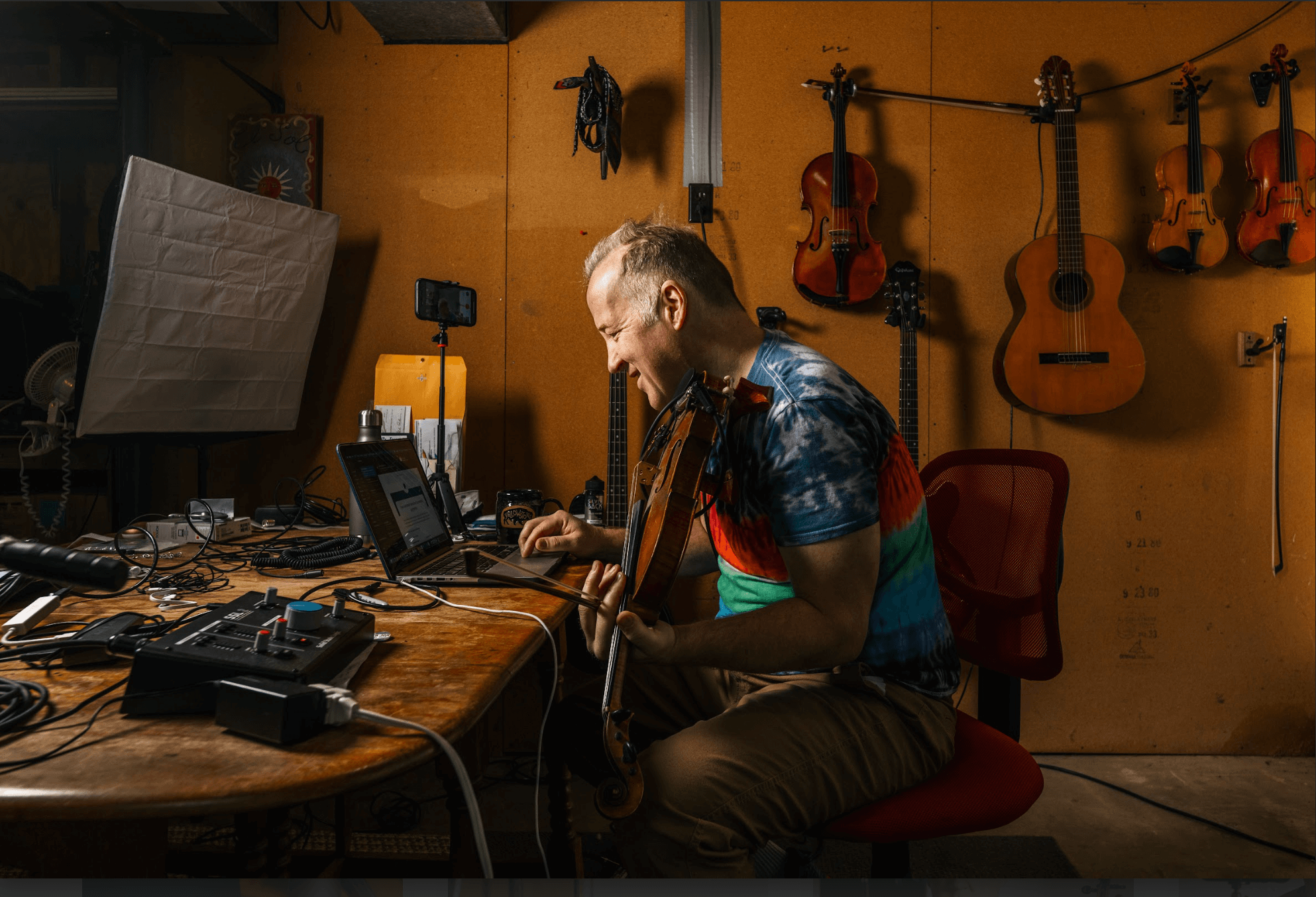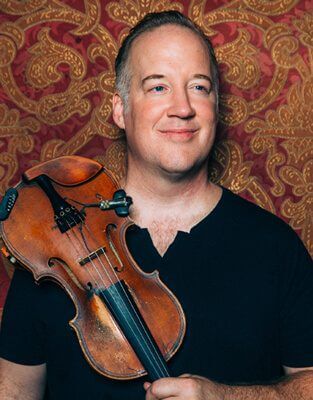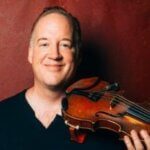While string players and teachers often come to me to overcome blocks around improvisation and related subjects, I’ve found that mindful practice is an important way to help them gain these skills and improve general musicianship
Table of Contents
Inner resistance can hold us back from acquiring new musical skills and information.
This is especially true for classical musicians who trained for years and become frustrated by the sudden realization that they missed out on skills they now deem important, and that those skills do not come as easily as they expected.
“As a classically trained musician, I found out that I can’t do anything in the classical world that prepares me to even improvise on a C-Major scale of a pop song.”
– Richard Li, classical violinist, studying at Yale
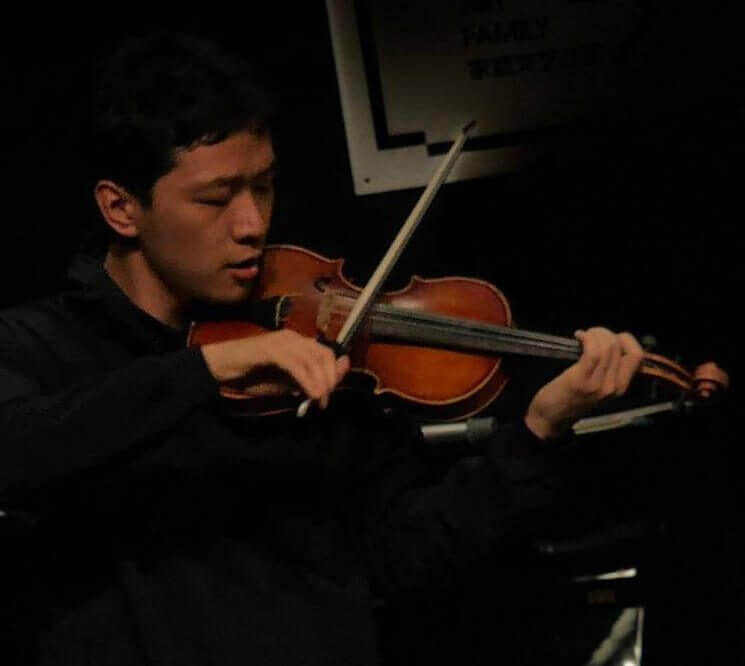
It’s also true for ear-trained, hobbyist, adult learners, or self-taught players who underestimate their abilities because they weren’t “formally trained”.
For any musician, whether you’re into classical, jazz, pop, folk, etc., there is one goal, i.e. to form a deeper connection through music, whether that connection is to yourself, other musicians, the audience, or a higher power.
There are sticking points that hold all musicians back from progressing in three areas, namely:
- technique
- creativity
- knowledge and understanding of musical material and information
Beyond improvisation and related subjects, I want to help players or teachers reach outcomes that align with their values and lifestyles. For this, to treat musicianship holistically, the most important thing is to cultivate deeper awareness and acceptance.
While mindful practice or mindfulness, in general, may seem like abstract concepts, if you relate to any of the problems below you may find this worth continuing to read.
-
Do you have a stack of things to practice and a million things you feel you need to get better at?
-
Even though you throw a lot of time at it, do you come out of a practice session not really sure what you did, or whether you improved anything in a permanent way?
-
Do you feel unsure how to organize, moment to moment, what you should actually be doing in practice?
Whether this shows up in your Creative practice, such as inconsistency with improvisation in any style…
Whether it stops you from understanding musical material, such as the chords in songs you play…
Or whether it affects your ability to master technique or repertoire…
- It may have lessened your motivation to practice
- It could show up in negative self-talk
- It may keep you stuck at a threshold of technical, theoretical, or creative ability
There are so many skills you could learn. It would require many lifetimes to master them all.
After we learn a new skill, we often feel we still aren’t good enough yet. As soon as we “get better”, there’s always a “better” to get to.
Because of this many musicians are paralyzed indefinitely from performing or launching a project, and they perpetually engage in telling the story, “once I get better, I’ll do that thing”…
Wouldn’t it be nice to have a practice framework that allows you to gain not only the skills that align with your musical values but also a positive appreciation of yourself for wherever you’re at right now?
How about a practice method that fosters joy and positive self-reinforcement with every note you play?
Introducing Integrated, Creative, Mindful Practice
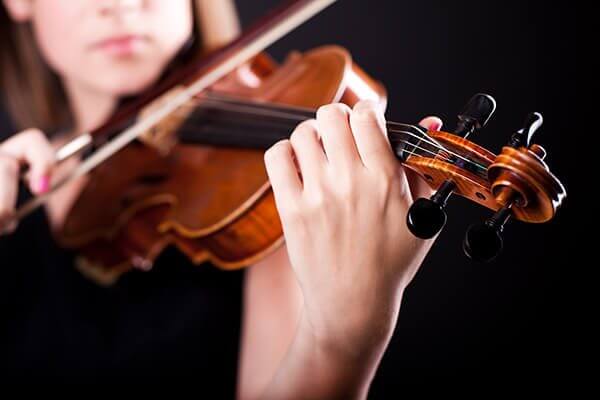
The Problem Integration Solves:
- You feel like there’s not enough time to practice everything. You practice technique and repertoire, but don’t have time for improvisation, harmony, rhythm, arranging, or composition
Integrate:
- Technical practice
- Creative practice (improvisation, arranging, composition)
- Internalization of harmonic information, rhythmic information, and/or song forms. Increase your ability to recall or express this information.
Examples of integrated practice:
- Practice Improvisation WHILE noticing your bow arm
- Practice internalizing a scale or arpeggio WHILE noticing intonation
Critical to integrating effectively is the articulation of music-related goals and values
Values: what is Important in your musicianship? What are you willing to let go of?
Goals: what do you want to accomplish, for what song, event, or situation?
Classical, jazz, and folk or pop musicians can decide to prioritize different values and goals in their practice.
Likewise, composers, teachers, and performers can choose different priorities.
Critical to having goals is the articulation of your vision. Why do you play music and what do you want your musical life to look like?
The problems Mindfulness solves:
Inner conflict prevents us from progressing and shuts us down. It looks like this:
- Procrastination
- Overwhelm
- Projection
- Negative self talk
- Perfectionism
- Anxiety
- Circling
- Hiding
- Self-Shaming
Mindful practice allows you to notice areas for improvement and accept yourself where you are at during every note you play.
- Practice moving your attention back and forth from breath, body, technique, composition, rhythm, intonation
- Recognize when subconscious emotional triggers get the best of you
- Learn to regulate these emotions through inner dialogue
- Reconcile inner conflicts
Notice:
- Before you play, set an intention. “Summon a loving awareness”.
- As you play- notice only the most important things
- After you play- listen back and evaluate according to your goals and values. Listening back to recordings of yourself practicing is probably the most under-utilized hack for musical growth. The key to this is having clear checklists.
The single easiest and best way to improve as a musician is to record yourself and listen back.

Using checklists, we can literally keep score of whichever aspects we decide to track in our practice. Listening back mindfully is in fact mindful practice. Checklists can make this easier, especially when you begin.
Execution Criteria- What did you like or not like about your execution/performance?
- Rhythm
- Intonation
- Articulation
- Expression
- etc.
Compositional Criteria What did you like about your creative ideas (as opposed to the execution of the ideas)? What would you change?
- Variety
- Arc
- Density
- etc.
VALUES: Choose to prioritize your values within execution and composition. A jazz improviser may have different values and goals than a classical or folk player.
The Problems Creativity Solves:
- Measuring yourself as less than against a standard or others. Your creative voice is unique, valuable, and incomparable.
- Boredom. Creativity yields constant discovery, growth, and inspiration.
Creative Practice– Incorporate improvisation, arranging, and composition into practice rather than just technique and repertoire.
Contexts for creative practice (improvisation and composition):
- Play Alone vs with a backing track or with other musicians.
- Play to a pulse/ groove, and/or meter vs without (aka rubato).
- Play Tonal vs Atonal (AKA non-tonal/ chromatic/)
- Play over a song form (song/tune/piece)
- Play Free
STRUCTURES for Creative Practice – Structures are like Yoga poses. These essential forms are subject to variation and modification around your current limits or level of ability.
- One note
- Recurring notes (with or without pulse or defined rhythmic durations)
- Recurring notes followed by rests
- One chord vamp
- Two chord vamp
- Different grooves
- Song forms (songs)
CONSTRAINTS: Use one or multiple constraints Technical, Emotional, or Musical parameters.
- Technical- right hand or left hand
- Emotional- feelings
- Musical- phrase, density, volume, articulation, form, et al
While this may seem very theoretical,
Integrated Creative Mindful Practice is a practical framework you can gain through weekly guided practice sessions, asynchronous feedback, private lessons, and more, during the 7-week Creative Strings Workshop.
Join me for weekly guided practice sessions beginning October 4th.

Replace or boost your regular practice; gain focus, community, and skills.
- cutting-edge curriculum covering styles, skills, and more for all levels of players and teachers
- optional breakout discussions for teachers, entrepreneurs, and 1-1 masterclass playing opportunities
- private lessons, asynchronous feedback, and much more
If you are a player or teacher of any level of experience, join our next cycle of guided practice sessions.
Show up once per week for 90 minutes with your instrument in hand.
You will be guided through playing and practice exercises with modifications suited to your level.
Participants include hobbyists with 3 years of experience, concertmasters, teachers, teens, and improvisers of all backgrounds.
Learn more about Creative Strings Workshop and sign up for the upcoming cycle here: https://christianhowes.com/csw_online6/

